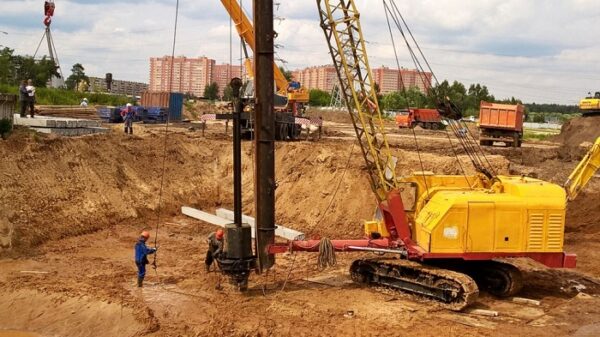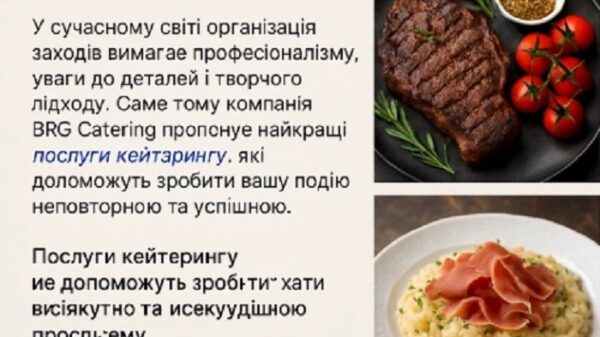Each motorist thinks about protecting his car from various damages that may appear on the body during operation.
The most popular modern solution to this issue is pasting a car with an anti-gravel film. A durable polyurethane coating will protect the most vulnerable places from the damaging effects of stones, sand, gravel, which threaten to violate the integrity of the paintwork. AutoPatterns can order PPF pre-cuts electronic patterns for any car model.
The client receives a file on his e-mail, which contains an electronic pattern created by the company’s specialists. This pattern can be used to cut stickers using any model of the plotter. To place an order on the site, you must specify the basic information about the car (make, model) and select the appropriate package of patterns from the list that opens. After adding the product to the cart, all that remains is to complete the checkout and make payment.
Advantages
Protecting a car with an anti-gravel polyurethane film has many advantages:
- Serves as a reliable protection against any scratches that may appear when the surface of the car comes into contact with gravel, crushed stone, sand.
- Polyurethane protection is very difficult to damage even when in contact with sharp objects, because in its physical properties it is similar to rubber.
- Such a film will save you from the need to paint the body, which allows you to do without additional costs.
- The polyurethane coating is almost imperceptible on the surface of the body. Over time, the film retains its original appearance, it does not become cloudy or yellowish.
- The coating perfectly tolerates temperature extremes. Even in severe frosts, the film fully retains its protective properties.
- Since the polyurethane coating is 100% translucent, the surface of the car burns out evenly. You can not be afraid that the areas covered with a film will differ in shade from the unprotected parts.
- When using such protection, traces of glue do not remain on the car body.
- The duration of operation of such a coating is quite large: from 5 years or more.
Initially, this type of protection was developed in the United States for pasting helicopter blades during military operations in the desert, where exposure to sand led to rapid wear of equipment. But over time, this method of protection was adopted by motorists, as the most effective and reliable.







